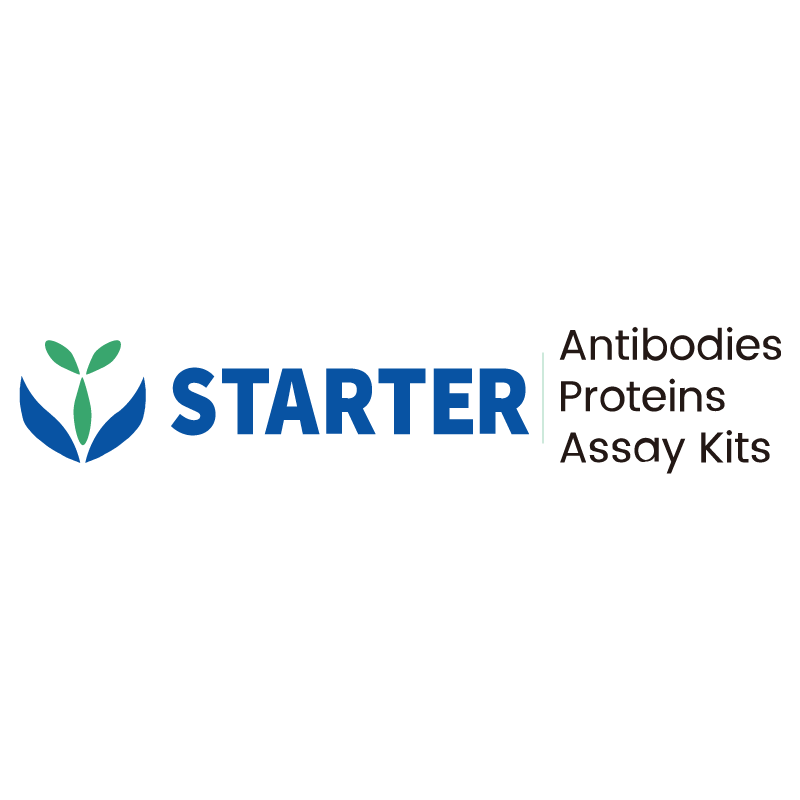ICC shows positive staining in Histone H3-GFP transfected 293T cells (top panel) and negative staining in vector-transfected 293T cells (below panel). Anti- GFP (FITC Conjugate) antibody was used at 1/500 dilution (Green) and incubated overnight at 4°C. The cells were fixed with 4% PFA and permeabilized with 0.1% PBS-Triton X-100. Nuclei were counterstained with DAPI (Blue).
Product Details
Product Details
Product Specification
| Host | Rabbit |
| Antigen | GFP |
| Synonyms | Green fluorescent protein |
| Immunogen | Synthetic Peptide |
| Accession | P42212 |
| Clone Number | S-296-32 |
| Antibody Type | Recombinant mAb |
| Isotype | IgG |
| Application | ICC |
| Reactivity | Species Independent |
| Purification | Protein A |
| Concentration | 2 mg/ml |
| Conjugation | FITC |
| Physical Appearance | Liquid |
| Storage Buffer | PBS, 25% Glycerol, 1% BSA, 0.3% Proclin 300 |
| Stability & Storage | 12 months from date of receipt / reconstitution, 2 to 8 °C as supplied. |
Dilution
| application | dilution | species |
| ICC | 1:500 | Species Independent |
Background
GFP is a protein of significant importance in biological research. Initially isolated from the jellyfish Aequorea victoria, GFP is composed of about 238 amino acids and has a molecular weight of approximately 27 kDa. It has the ability to absorb near-ultraviolet light (397nm) and emit green visible light (509nm), with its fluorescent structure formed spontaneously by cyclization and oxidation of the Ser65-Tyr66-Gly67 amino acid residues. It can be fused with other target genes to form chimeric proteins, allowing for quantitative analysis of the expression levels of the target genes, and visualizing their expression locations and quantity changes within tumor cells. This aids in exploring the role of genes in the occurrence and development of cancer and their molecular mechanisms.
Picture
Picture
Immunocytochemistry


